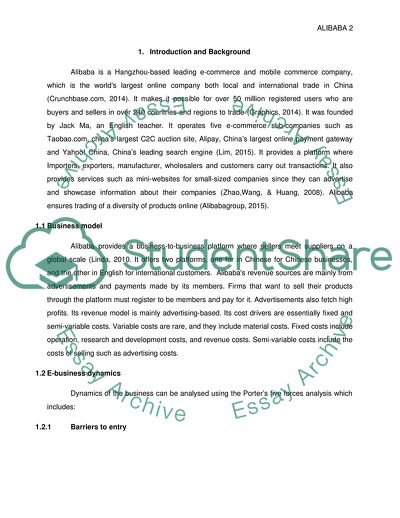Cite this document
(Alibaba Research Paper Example | Topics and Well Written Essays - 1750 words, n.d.)
Alibaba Research Paper Example | Topics and Well Written Essays - 1750 words. https://studentshare.org/e-commerce/1874598-alibaba
Alibaba Research Paper Example | Topics and Well Written Essays - 1750 words. https://studentshare.org/e-commerce/1874598-alibaba
(Alibaba Research Paper Example | Topics and Well Written Essays - 1750 Words)
Alibaba Research Paper Example | Topics and Well Written Essays - 1750 Words. https://studentshare.org/e-commerce/1874598-alibaba.
Alibaba Research Paper Example | Topics and Well Written Essays - 1750 Words. https://studentshare.org/e-commerce/1874598-alibaba.
“Alibaba Research Paper Example | Topics and Well Written Essays - 1750 Words”. https://studentshare.org/e-commerce/1874598-alibaba.


